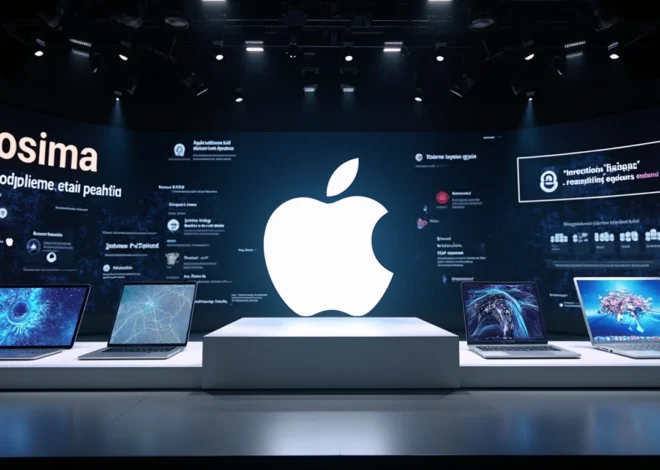
Google Releases PebbleOS Source Code for Smartwatch Revival Mission
The revival of the iconic Pebble smartwatch platform takes a significant leap forward as Google releases the majority of PebbleOS as open-source code. This strategic move by Google, combined with Pebble founder Eric Migicovsky’s plans for a modern iteration, signals an exciting new chapter for the beloved smartwatch brand that once revolutionized wearable technology.
Table of Contents
Key Takeaways:
- Google’s open-source release includes core smartwatch functionality and custom app support
- The original Pebble smartwatch sold over 2 million units in just 4 years
- Built on FreeRTOS, the software supports both C and Javascript development
- Plans for a new Pebble device focus on maintaining core popular features
- The platform boasts a legacy of 10,000+ apps and watchfaces
The Open Source Revolution
Google’s decision to release the PebbleOS source code marks a significant milestone for the wearable tech community. The release includes comprehensive software for standard smartwatch functions, from notifications to fitness tracking capabilities. This move aligns perfectly with the growing trend of future technology transformations in wearable devices.
Legacy and Market Impact
The Pebble brand has left an indelible mark on the smartwatch industry. Its success story includes breaking Kickstarter records and building a passionate developer community. Similar to the innovation seen in advanced health monitoring wearables, Pebble’s approach to simplicity and functionality set new standards.

Technical Specifications and Features
The Pebble 2 specifications showcase impressive capabilities that still hold up today. The device offers up to 7 days of battery life, substantial water resistance, and comprehensive health monitoring features. These specifications rival modern alternatives, including contemporary smart wearables.
Development Opportunities
The open-source release creates exciting possibilities for developers and enthusiasts. If you’re interested in automation and development, platforms like Latenode can help streamline your workflow in creating custom applications. The Rebble project continues to maintain services for existing Pebble devices, while the open-source code enables creation of new Pebble-inspired wearables.
Future Outlook
The future looks promising for the Pebble ecosystem. Eric Migicovsky’s vision for a modern Pebble device, combined with the open-source release, sets the stage for innovation while preserving the original’s beloved features. This development represents a unique opportunity for both developers and users to participate in the next chapter of this iconic smartwatch platform.


